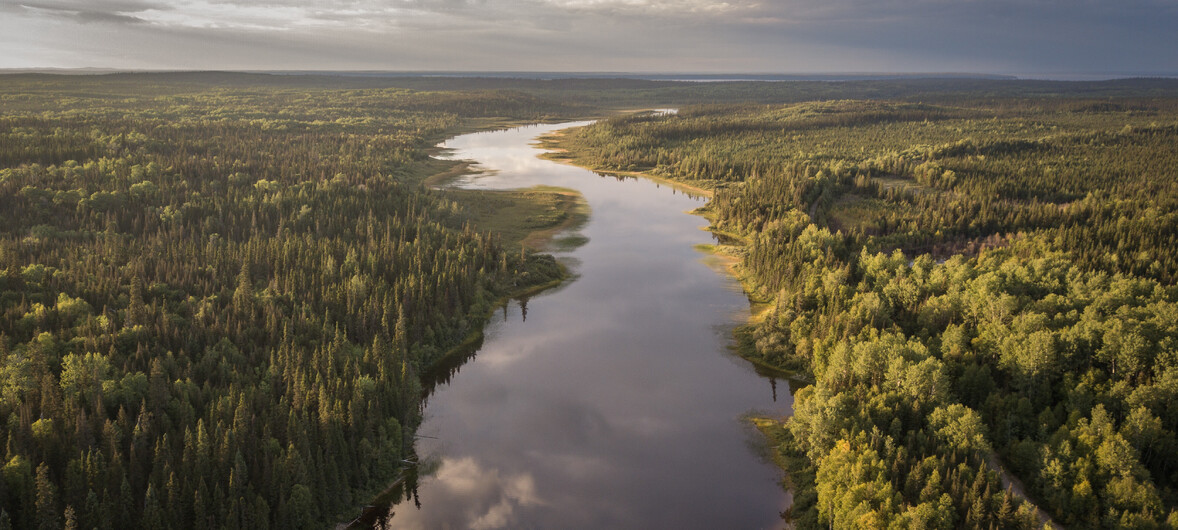
Traditional Cree Cuisine in Eeyou Istchee Baie-James
The new 2024-2025 tourist guide is finally here! Order your copy or download it!
Chef Stéphane Modat meets traditional Cree cuisine
Chef Stéphane Modat no longer needs long presentations Originally from the South of France, he has been living in Quebec for the past twenty years. Chef Modat travels the province to discover the terroir. These adventures include meeting with Aboriginal peoples.
It is in this spirit that the chef has made a culinary - and cultural - immersion in Chisasibi during the summer of 2019: to discover the traditional Cree cuisine of Eeyou Istchee Baie-James. With his photographer associate Frédéric Laroche, they met the people of the community, fished, and cooked with them for nearly a week.
A passionate chef and a generous community joined to tame and reinvent traditional Cree recipes. This immersion led to the creation of a cookbook highlighting the flavours of the territory.
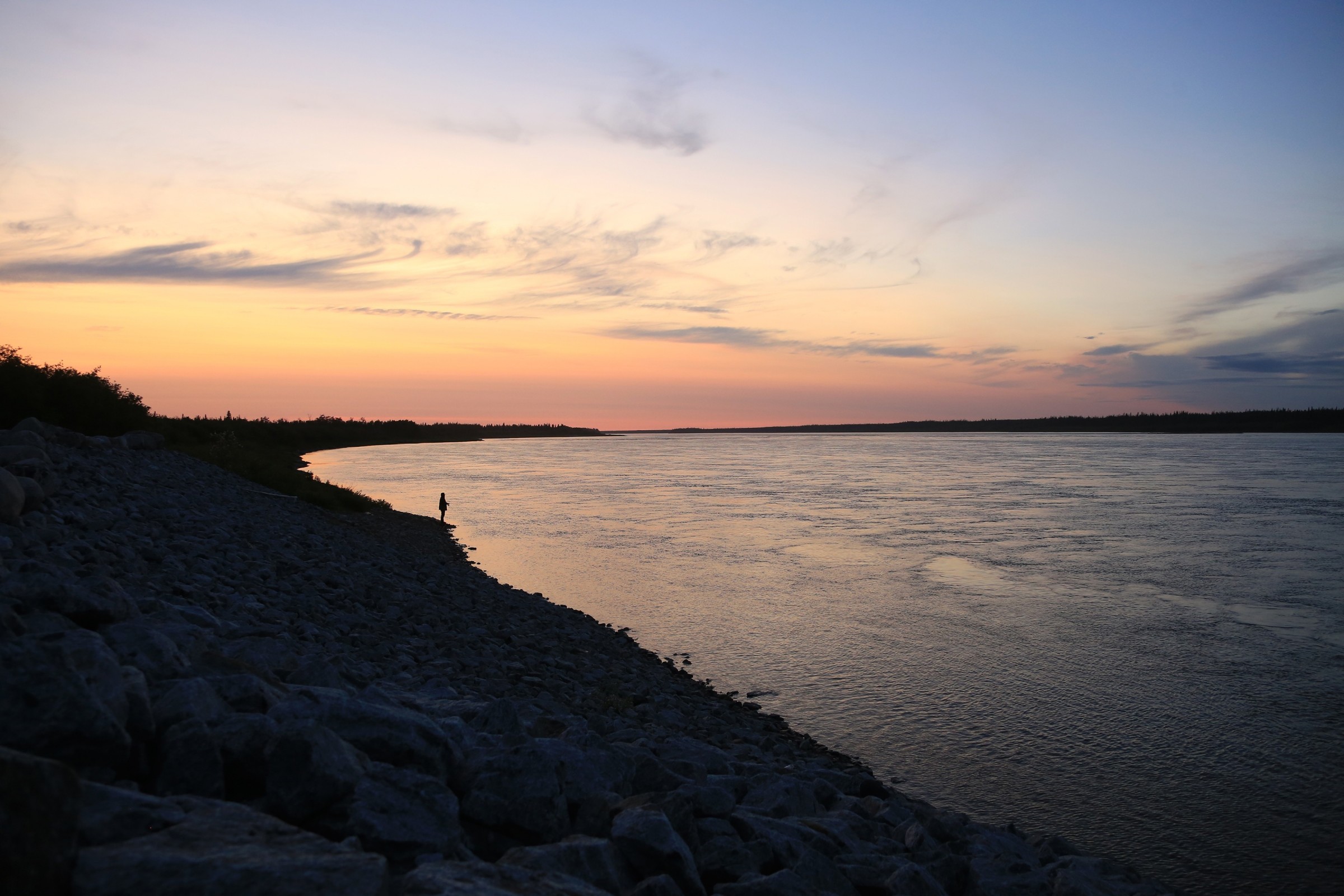
BACK TO BASICS
For the chef, "First Nations" means "first cuisines". It means going back to basics, rediscovering the simplicity of food. Because, here, in Eeyou Istchee Baie-James, traditional Cree cuisine rhymes with seasonality and locality. In the summer, fish, berries, and various edible plants are in the spotlight.
To eat fish, you must catch it, prepare it, and cook it. Each step takes time and requires special skills "that have gotten a bit lost", according to Stéphane.
Fishing requires patience and knowledge of the environment. Stéphane, Frédéric and their guide Charlie caught different species of fish: speckled trout, lake trout, whitefish, walleye, and northern pike by using a Cree traditional fishing method; net fishing.
"I thought I had seen big trout in my life. But no... If you go to Eeyou Istchee Baie-James, you will understand what a big trout is!"
- Stéphane Modat
Charlie is an Elder from the community of Chisasibi. He grew up on Fort George Island, where the community was originally located before being resettled to its current location. Once the fish are caught, it is an opportunity for him to share simple yet ingenious cooking techniques that he himself learned as a youngster.
The best method to prepare a fish depends on its species, but also on the way it will be cooked: on the fire, boiled or dried.
Each step of the cooking process is a moment of sharing, transmission, and exchange.
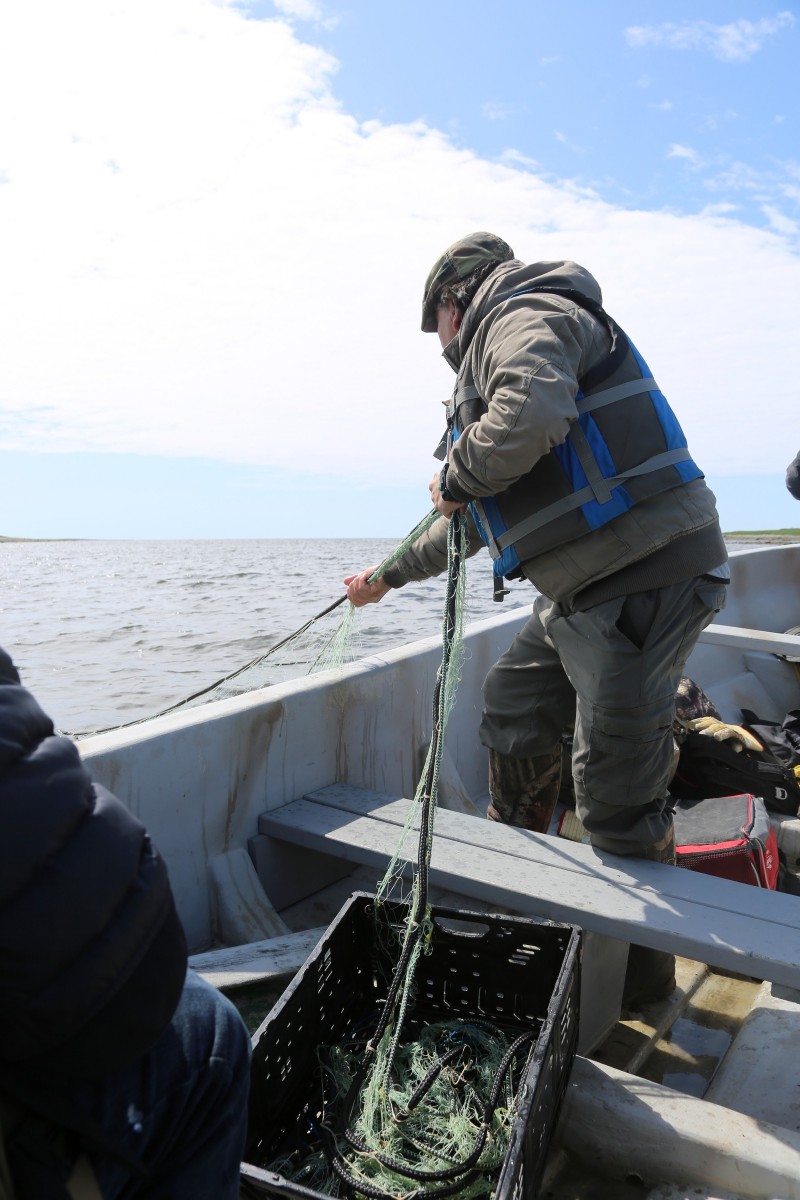
SEASONALITY
Seasonality is the heart of the Cree diet since the beginning of time. This once nomadic people traveled with the seasons and animal migrations. Food is a testimony to a culture, a way of life. Even today, the Crees still take advantage of "Goose Break" and "Moose Break", respectively in the spring and fall, to return to the territory for goose and moose hunting.
"I look forward to the other seasons to see what they have to offer, to learn about the tradition of the seasons. Because everything is based on seasonality."
Seasonality also means respecting the rhythm of nature. It means taking advantage of what it has to offer when it offers it. Respecting nature also means not wasting anything and thus conserving what can be preserved.
In the traditional Cree cuisine of Eeyou Istchee Baie-James, nothing is wasted.
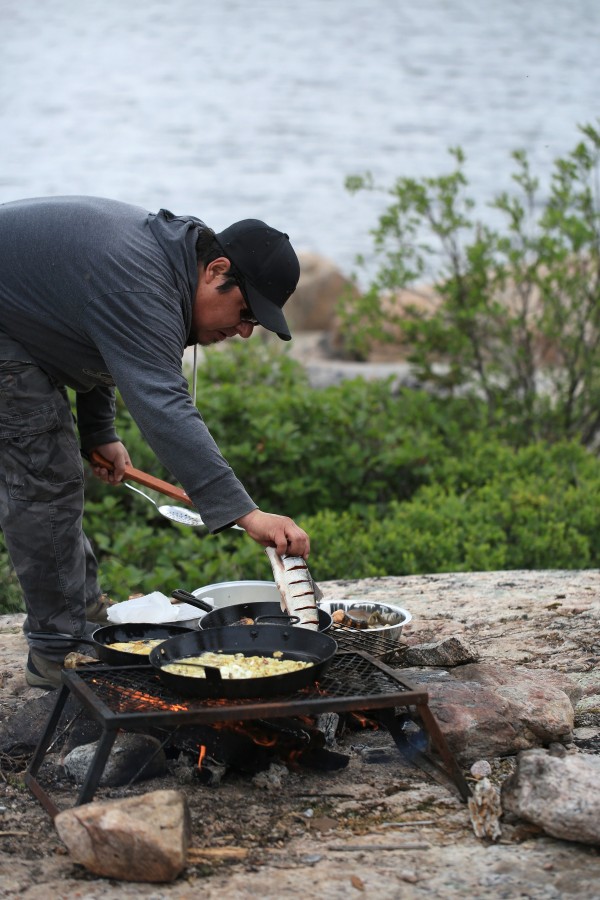
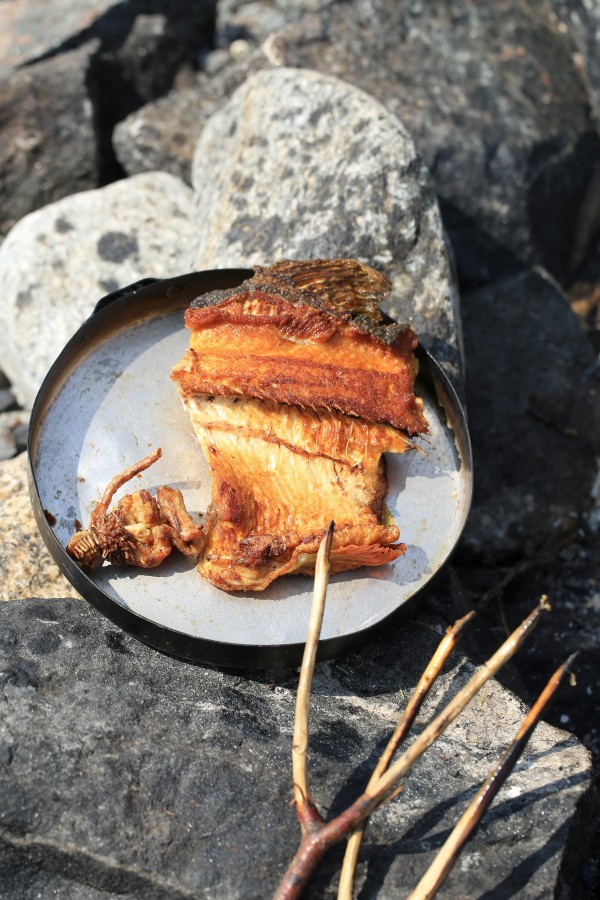
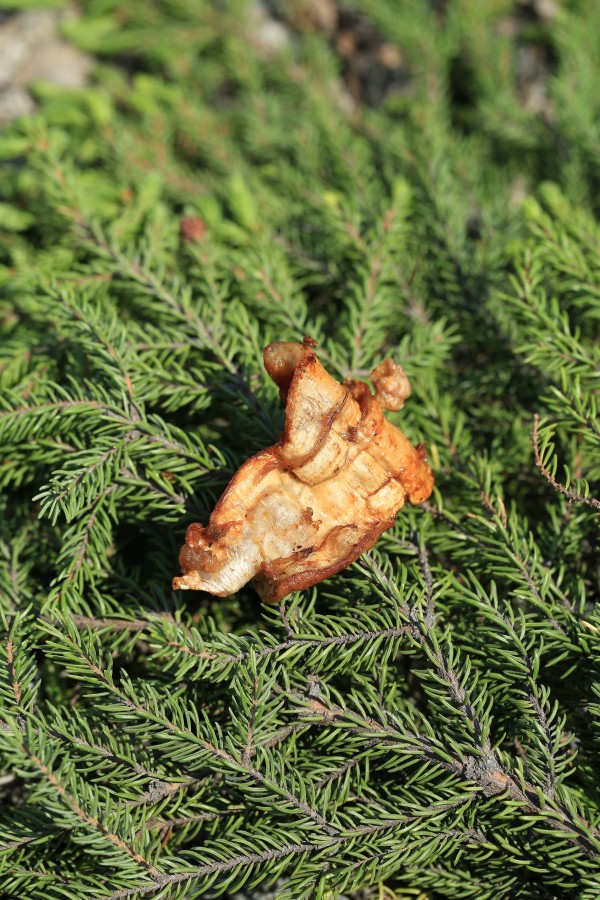
"The Crees are fantastic at it! They keep everything, from head to tail. I ate "bacon" made from the innards; the eggs are integrated into the bannock... everything is used."
SHARING
Stéphane is inspired by the exchanges he has had with Aboriginals throughout Quebec to create new recipes. Not only does he emphasize on local foods, but also on the values behind fishing, hunting, and gathering methods.
Each encounter is an opportunity for him to integrate new elements into his way of cooking.
But the exchange is not a one-way street!
Inspired by all that the Chisasibi Cree share with him, he does not hesitate to harvest what is around him to season a freshly caught trout with his guide Jerry, at the latter's traditional family camp. On the shores of James Bay, Stéphane picks wild plantain, sea parsley, wild pea shoots, juniper berries, fir shoots...
Now, in all simplicity, the trout is served with a potato salad with wild herbs. A recipe to discover in the book "Northern Flavours"!
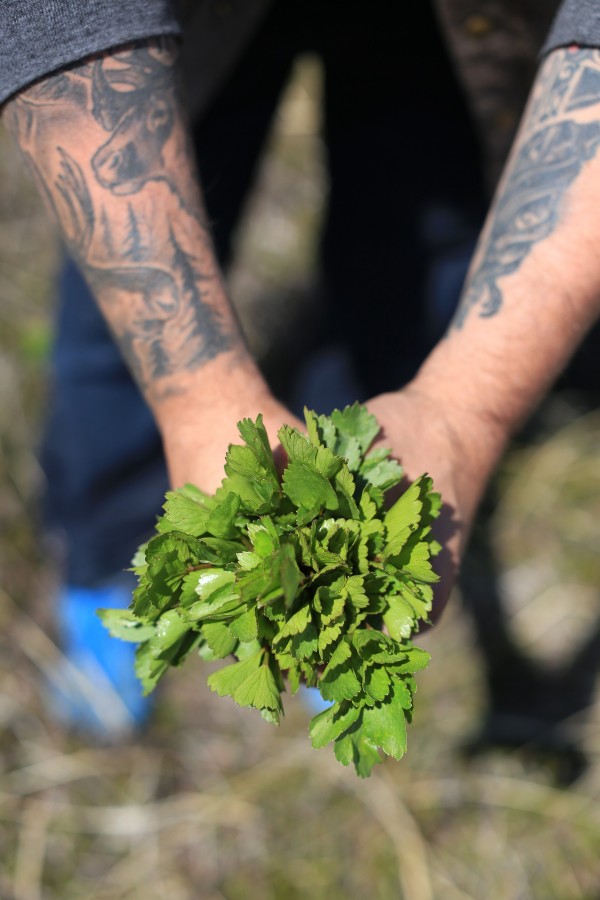
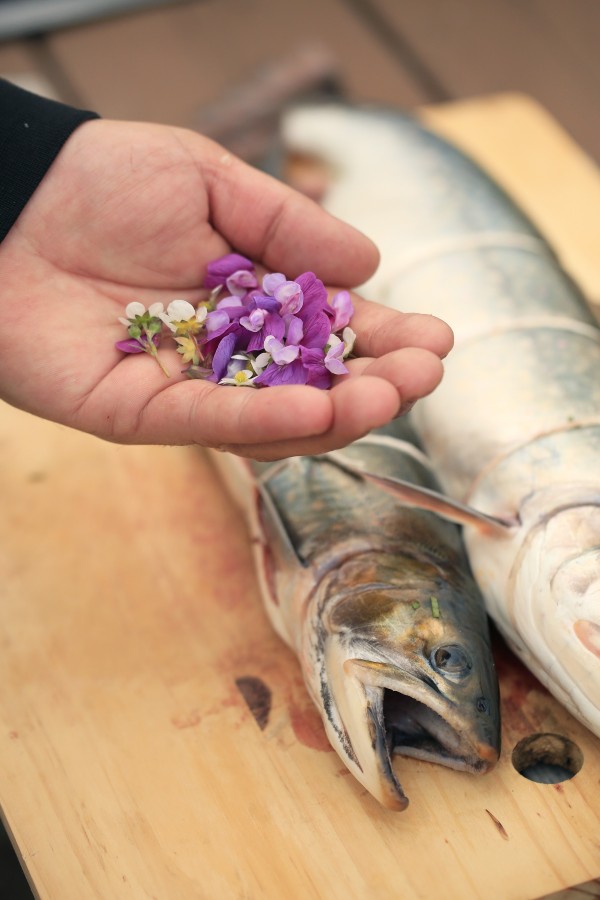
The next day, under the tepee, elders show him how to prepare the bannock. Laughs are flowing as they work; it's the pleasure of preparing traditional food and sharing tricks with Stéphane.
"The Cree Nation has a quantity of bannock recipes that I never thought possible! Molly, an elder from the community, showed me how to make bannock cooked on sticks over the fire. It was awesome!"
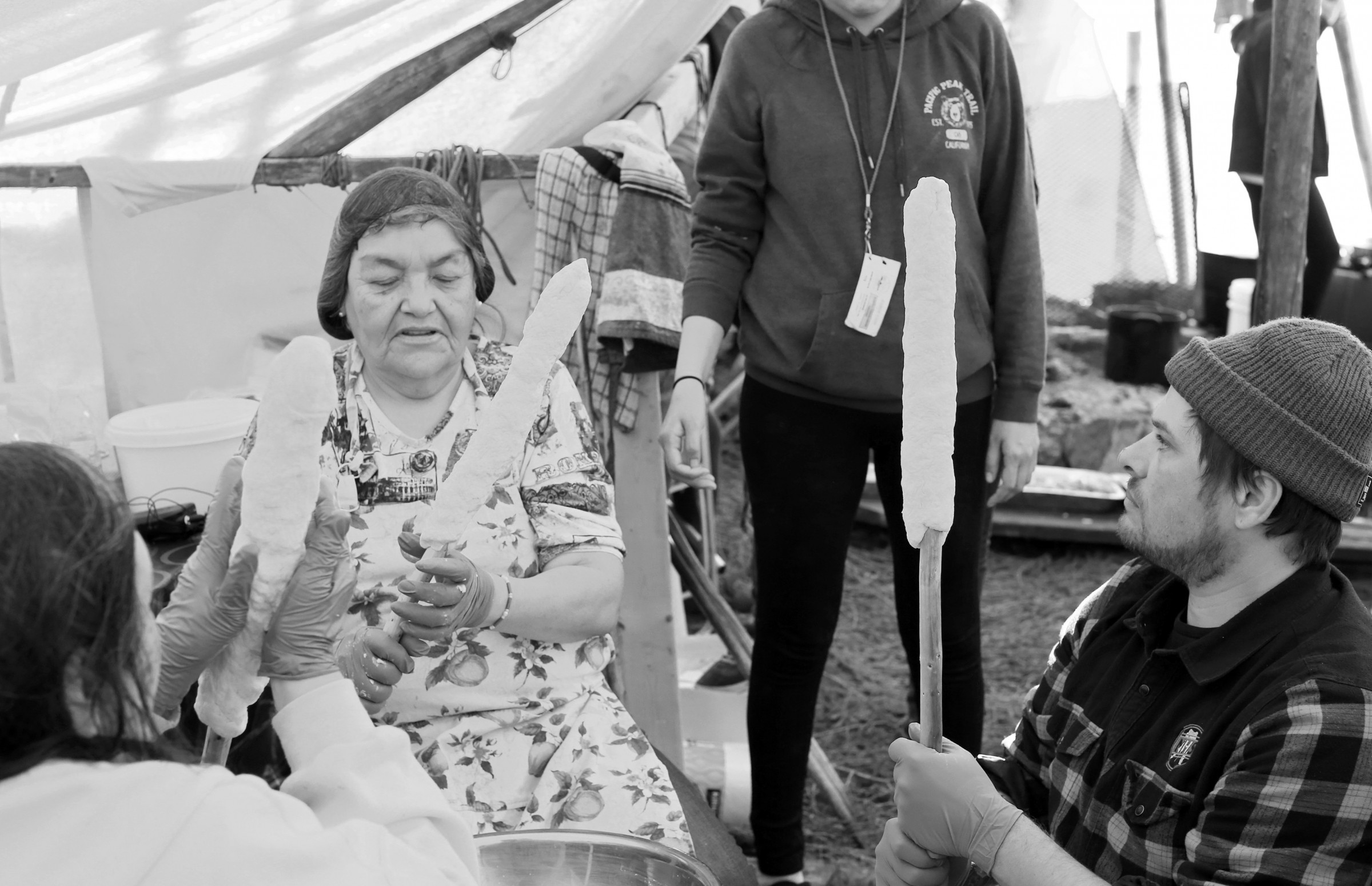
THE TERRITORY... AND THE PEOPLE
Traditional Cree cuisine is based on a diversified fauna and flora, appreciated, and preserved by the Cree people. It means enjoying unique landscapes while fishing, it is cooking on the shores of James Bay, and appreciating nature in all its aspects. This is what makes it so special, according to Stéphane.
"Eeyou Istchee Baie-James is a complete change of scenery. It's breathtaking sunsets, stretches of water as far as the eye can see.''
The other treasure of Eeyou Istchee Baie-James is of course the people who share their culture, their knowledge, and their love of the land.
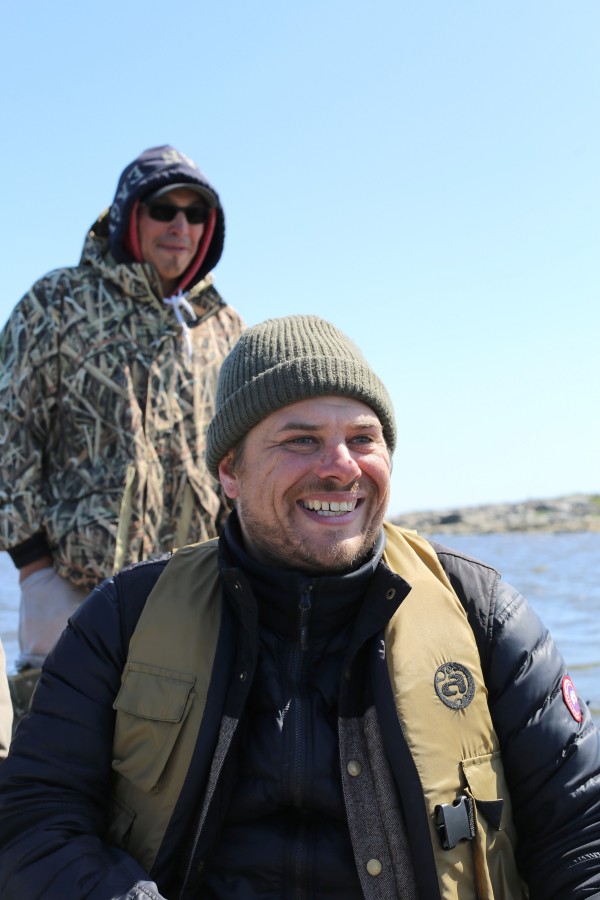
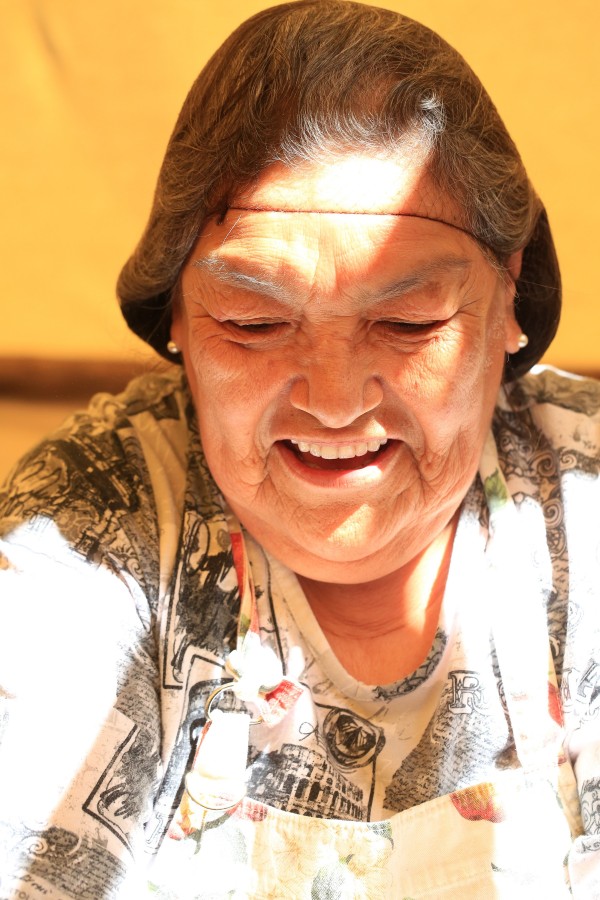
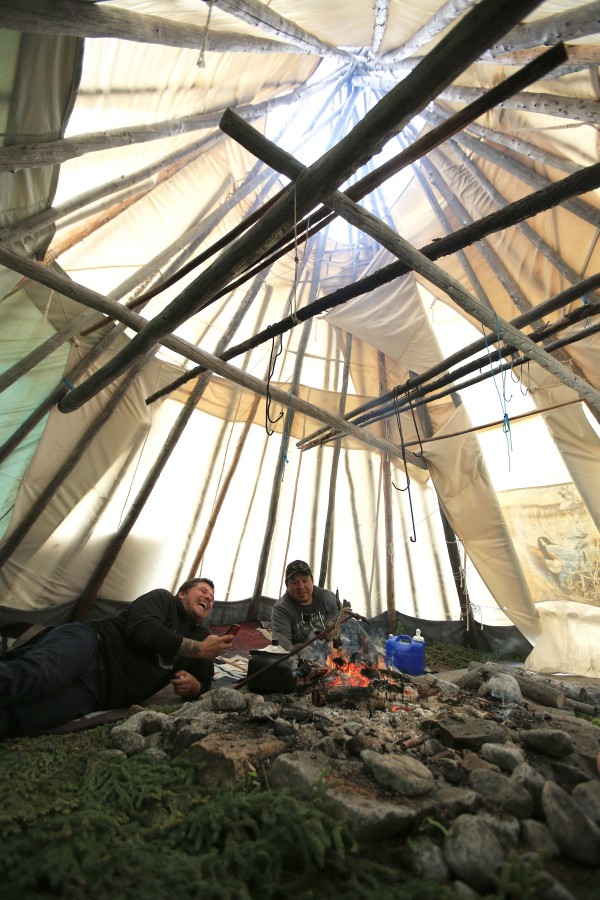
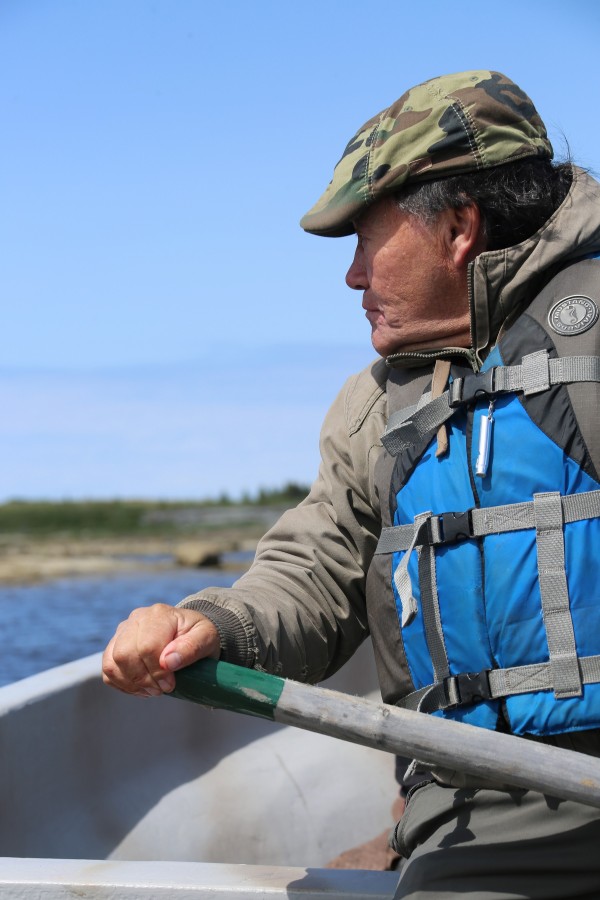
Get your own "Northern Flavors" cookbook!
Stéphane Modat was in Chisasibi during the summer of 2019 for the Mamoweedow Festival on Fort George Island. This event is an opportunity for residents to come together to celebrate the culture and history of their community.
News
5 Reasons to Visit Eeyou Istchee Baie-James this summer!
Wednesday, April 17, 2024
Snowmobiling in Eeyou Istchee Baie-James: A Great Escape
Wednesday, November 29, 2023
Conquering the Trails: Snowmobiling and Relaxation at Hôtel Chibougamau
Wednesday, November 29, 2023
Mr. Sansflamme: Four surprising facts about responsible tourism
Friday, August 18, 2023
Getting around during fires: What to do and how to act
Thursday, July 27, 2023
Mr. Sansflamme explains forest fires
Wednesday, July 12, 2023